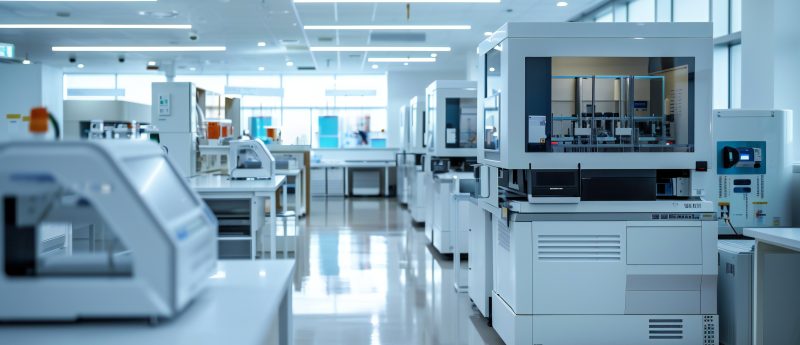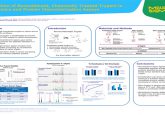New biomarker can be used to identify health risks associated with dietary sugar intake

The correlation between intake of sugar-sweetened beverages and the δ13C composition of alanine demonstrates its promise as a biomarker for obesity and chronic disease risks.
Researchers at the University of Alaska Fairbanks (AK, USA) have found a link between the carbon composition of alanine in red blood cells and dietary sugar intake. The study, led by Diane O’Brien, was performed in a Yup’ik population comprising of 68 people using a GC/combustion/isotope ratio to MS to identify the ratio of δ13C and δ12C in the non-essential amino acid alanine. The researchers used blood and hair samples to correlate the known dietary sugar intake from sugar-sweetened beverages to the ratio of carbon isotopes in alanine to identify this ratio as the first reliable and accurate biomarker for sugar intake from sugar-sweetened beverages.
Men and women of a Yup’ik population, who were of normal weight, overweight or obese comprised the study group. The carbon isotope ratio was selected because the sugar found in sugar-sweetened beverages is from corn and cane, which contain this distinctive ratio of carbon. This ratio was measured utilizing a GC/combustion/isotope method; four 24 h dietary recalls were performed to collect data. Once data was collected, it was found the carbon ratio of the non-essential amino acid, alanine, correlated to the known sugar intake from sugar-sweetened beverages in the study group. The ratio did not correlate to other dietary sources containing elevated δ13C levels, or to other non-essential amino acids.
The samples used to carry out the analysis were red blood cells from whole blood. The researchers furthered the study to evaluate if hair samples could be used to show associations between δ13C composition in alanine and sugar intake from sugar-sweetened beverages, and found this also provided reliable and accurate results.
“Even for validated and well-accepted biomarkers of diet, associations with self-reported intake are generally very weak,” explains O’Brien. “Our biomarker was able to explain almost half of the variation in self-reported sugar-sweetened beverage intake, which in this field is a very high level of explanatory power.”
With a hope to developing this non-invasive assessment of the carbon composition of alanine, O’Brien and colleagues intend to determine the accuracy of the biomarker in a more representative study group with a similar dietary context to that of the general US population, as well as determining reliable links between the biomarker to risks of developing chronic diseases and obesity.
Source: Choy K, Nash S, Kristal A, Hopkins S, Boyer B, O’Brien D. The Carbon Isotope Ratio of Alanine in Red Blood Cells Is a New Candidate Biomarker of Sugar-Sweetened Beverage Intake. J. Nutr. 143(6), 878–-884 (2013)






